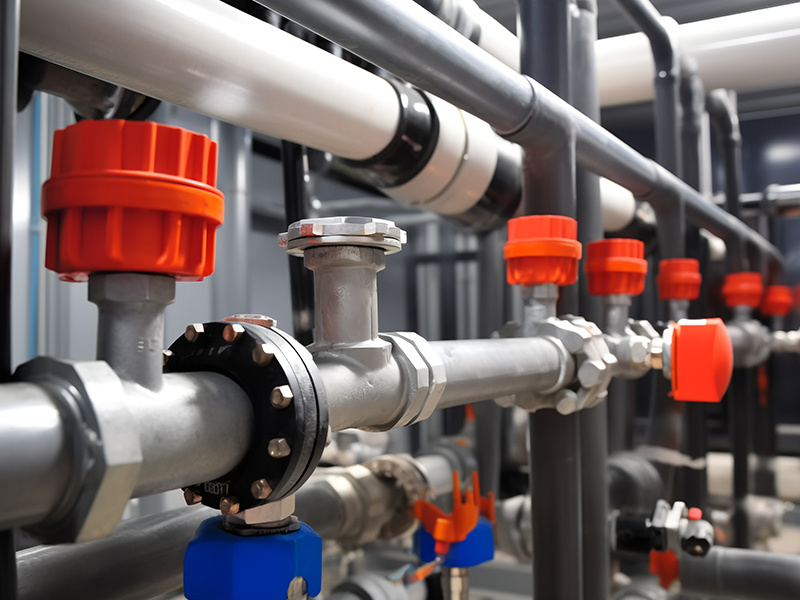Everything You Need to Know About Swing Check Valves
Release Time:
Jun 20,2025
Explore the ins and outs of swing check valves, their function, benefits, and applications in various industries.
Understanding Swing Check Valves
Have you ever wondered how a simple mechanism can prevent backflow in pipes? Enter the swing check valve, a vital component in many plumbing and industrial systems! This nifty device ensures that fluids flow in one direction, protecting your systems from potential disasters.
What is a Swing Check Valve?
In layman's terms, a swing check valve is like a one-way door for fluids. It allows liquid to pass through in one direction while preventing it from flowing back. Picture a swinging door—when it swings open, fluids can rush in, but the moment it tries to flow backward, the door shuts tight. This simple yet effective design is why swing check valves are a staple in various applications!
How Does It Work?
The mechanics behind a swing check valve are pretty straightforward. It consists of a disc that pivots on a hinge. When fluid flows through the valve, the pressure lifts the disc, allowing passage. However, when the flow stops or reverses, gravity and back pressure push the disc back into its seat, sealing off the valve. Voila! No backflow. Easy peasy, right?
Why Use a Swing Check Valve?
Now, you might be asking, "Why should I care about these valves?" Well, here are a few reasons:
- Prevents Backflow: The primary function is to keep fluids flowing in the right direction.
- Reduces Water Hammer: By minimizing sudden fluid reversals, they help reduce pressure surges.
- Durability: Made from robust materials, these valves can withstand various pressures and temperatures.
- Low Maintenance: Once installed, they require minimal upkeep, saving time and money.
Applications of Swing Check Valves
From residential plumbing to massive industrial systems, swing check valves are everywhere! Here are a few common applications:
- Water Supply Systems: Ensures clean water flows into homes without contamination.
- Wastewater Treatment: Prevents backflow in sewage systems, protecting the treatment process.
- Fire Protection Systems: Maintains the integrity of fire suppression systems by stopping backflow.
- Pumping Stations: Keeps fluid moving in the right direction, maintaining efficiency.
Choosing the Right Swing Check Valve
When selecting a swing check valve, consider the following factors:
- Pipe Size: Ensure the valve matches your pipe diameter for optimal performance.
- Material: Choose a material suitable for the fluid (e.g., rubber, stainless steel) based on temperature and chemical composition.
- Pressure Rating: Check the valve's capability to handle pressure in your system.
- Installation Orientation: Most swing check valves are designed for horizontal installation, but some can work vertically too.
Common Misconceptions
Despite their popularity, there are a few myths surrounding swing check valves:
- They are All the Same: Not true! Different designs serve specific purposes, so it’s essential to choose wisely.
- They are Only for Water: Swing check valves can handle various fluids, including oils and gases, depending on their design.
Final Thoughts
In conclusion, swing check valves are unsung heroes in the world of plumbing and fluid systems. Their ability to prevent backflow not only protects your infrastructure but also enhances efficiency. So, next time you turn on the tap or flush the toilet, remember the little valve that plays a huge role in keeping things flowing smoothly. Cheers to the humble swing check valve!





